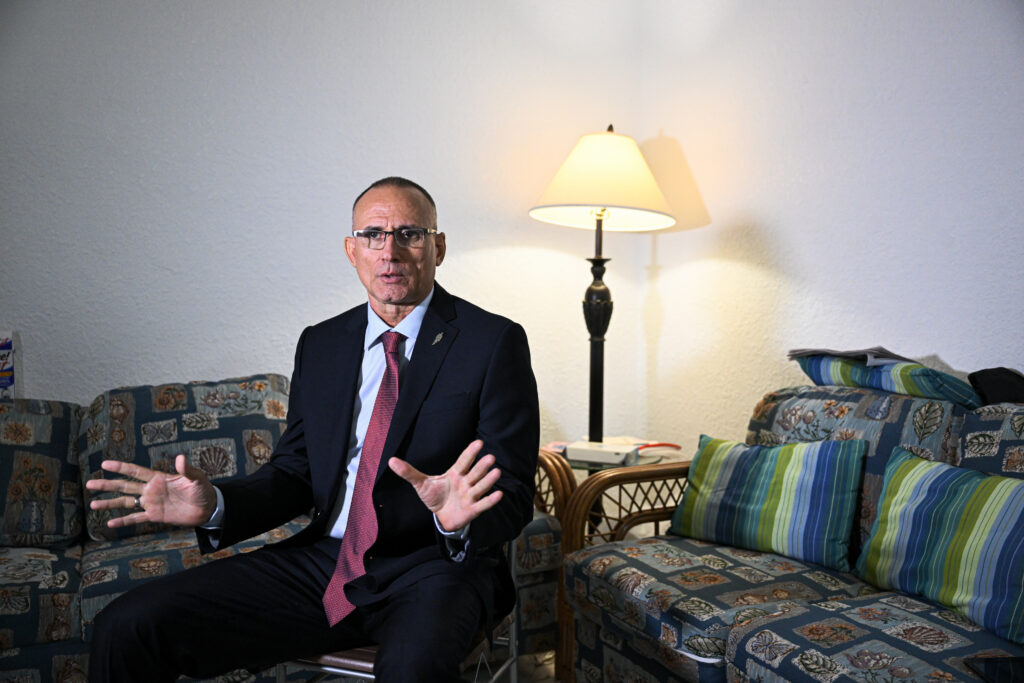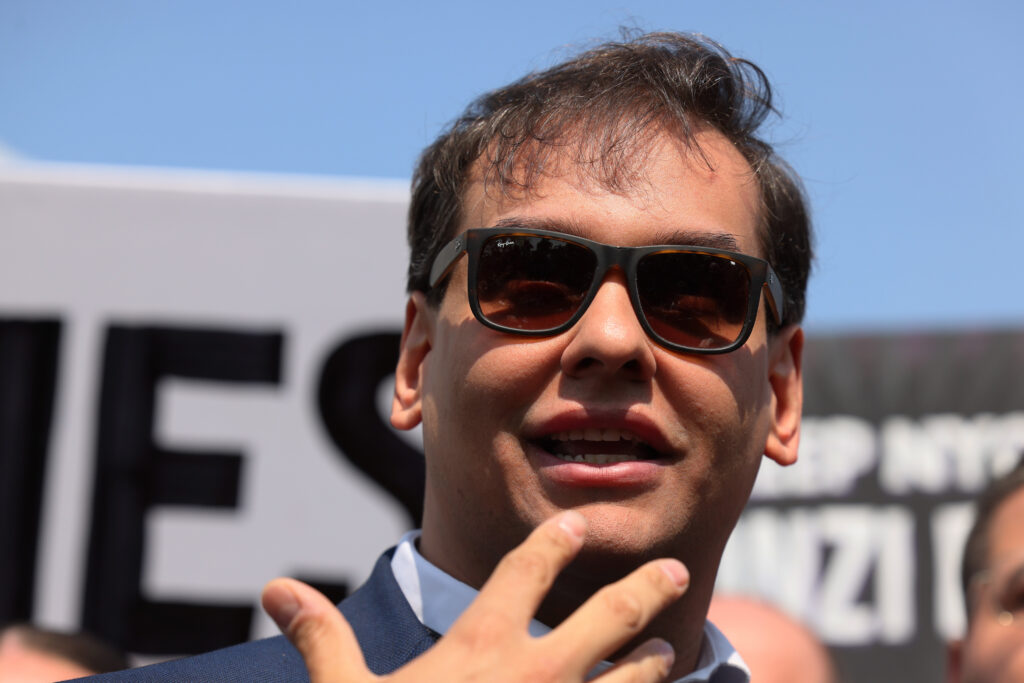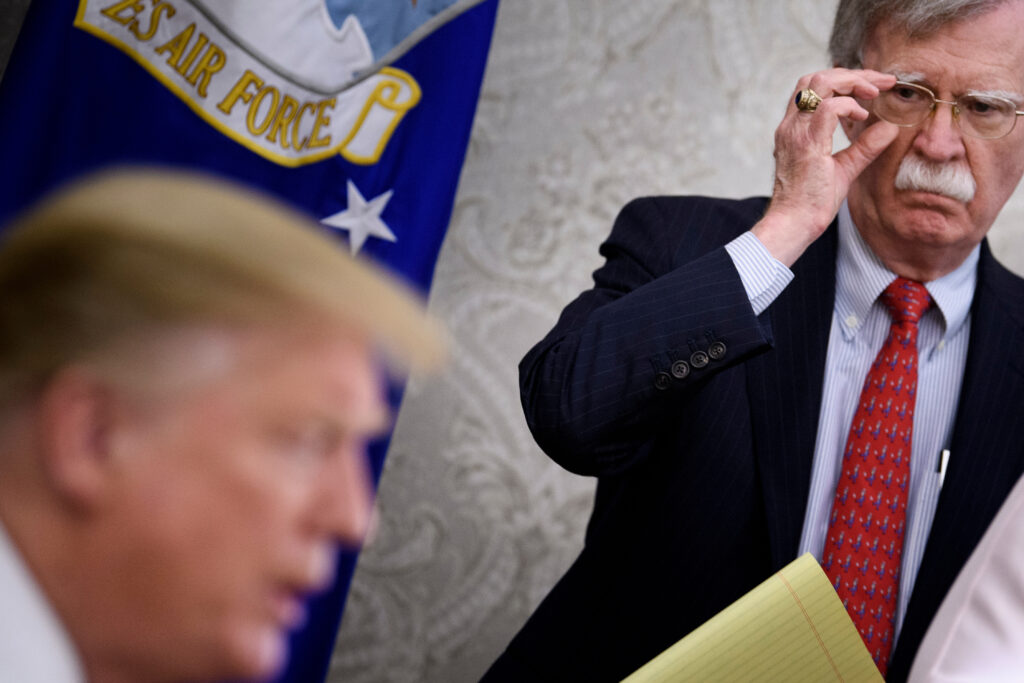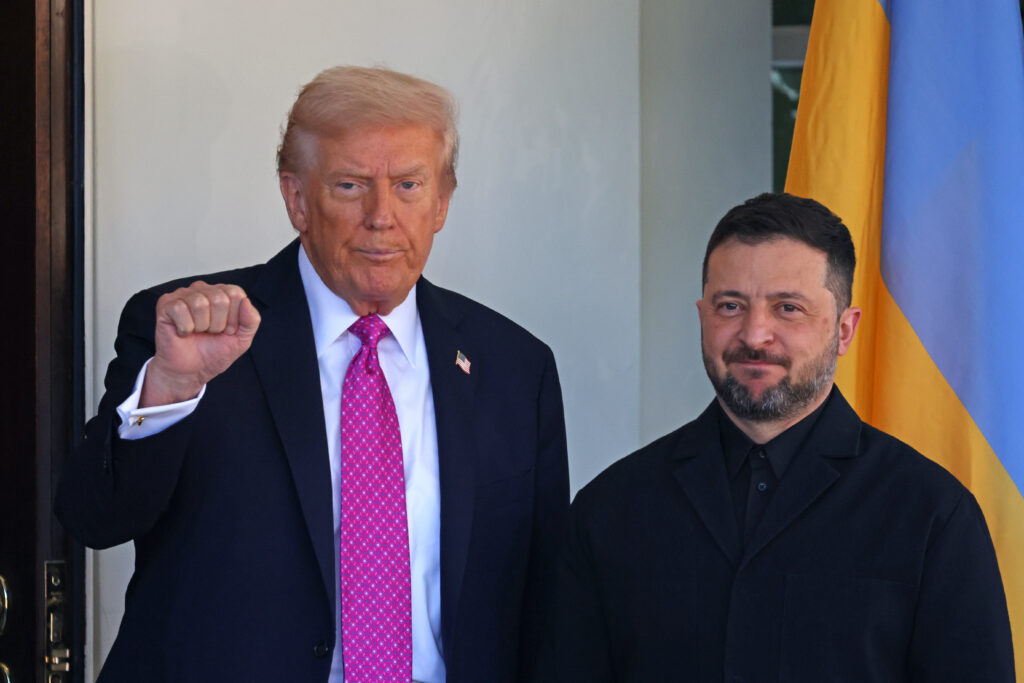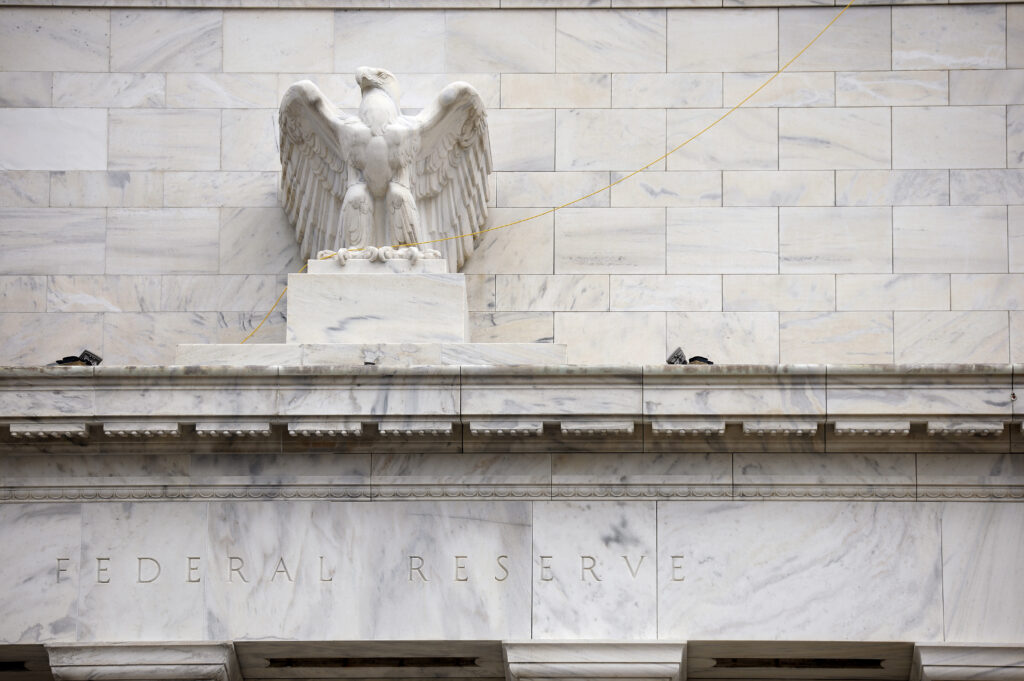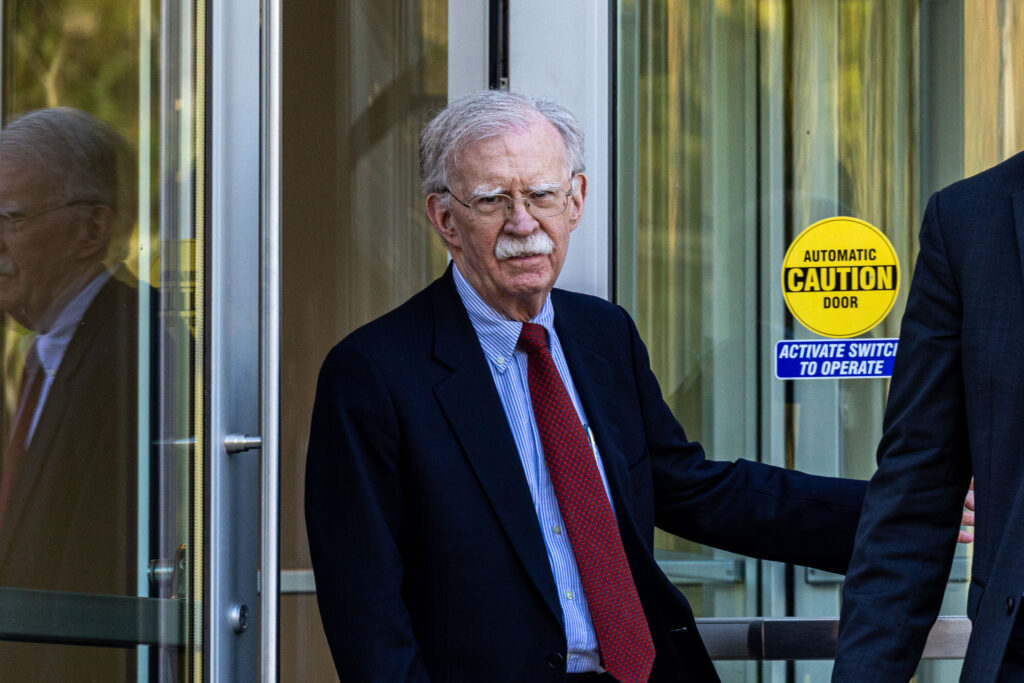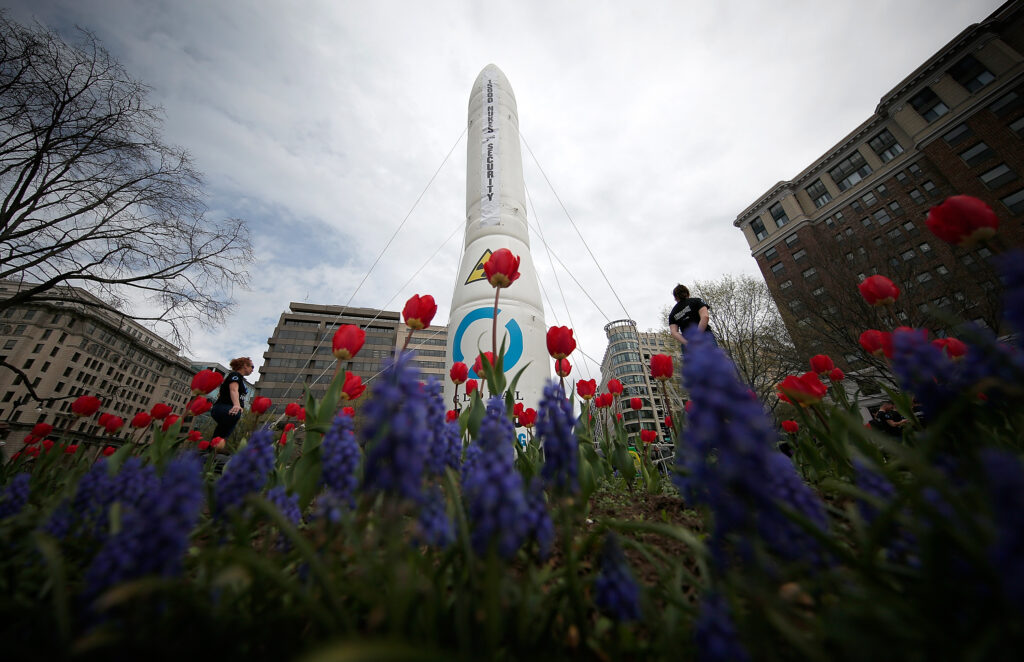US court bars NSO Group from installing spyware on WhatsApp
A US judge on Friday granted an injunction barring Israeli spyware maker NSO Group from targeting WhatsApp users but slashed a $168 million damages award at trial to just $4 million.District Judge Phyllis Hamilton ruled that NSO Group’s behavior fell short of a “particularly egregious” standard needed to support the jury’s calculations on a financial penalty.But in the ruling, seen by AFP, she said the court “concluded that defendants’ conduct causes irreparable harm, and there being no dispute that the conduct is ongoing” the judge granted WhatsApp owner Meta an injunction to stop NSO Group’s snooping tactics at the messaging service.”Today’s ruling bans spyware maker NSO from ever targeting WhatsApp and our global users again,” WhatsApp boss Will Cathcart said in a statement.”We applaud this decision that comes after six years of litigation to hold NSO accountable for targeting members of civil society.”Evidence at trial showed that NSO Group reverse-engineered WhatsApp code to stealthily install spyware targeting users, according to the ruling.The spyware was repeatedly redesigned to escape detection and bypass security fixes at WhatsApp, the court concluded.The lawsuit, filed in late 2019, accused NSO Group of cyberespionage targeting journalists, lawyers, human rights activists and others using the encrypted messaging service.Hamilton ruled however that the $168 million damages verdict awarded to Meta earlier this year was excessive.”There have simply not yet been enough cases involving unlawful electronic surveillance in the smartphone era for the court to be able to conclude that defendants’ conduct was ‘particularly egregious’,” Hamilton wrote in the ruling which was seen by AFP.”As time goes on, more of a shared societal consensus may emerge about the acceptability of defendants’ conduct.”- ‘Malicious code’ -Founded in 2010 by Israelis Shalev Hulio and Omri Lavie, NSO Group is based in the seaside high-tech hub of Herzliya, near Tel Aviv.Media website TechCrunch reported Friday that a US investment group has acquired controlling interest in NSO Group.The Israeli firm produces Pegasus, a highly invasive tool that can reportedly switch on a target’s cell phone camera and microphone and access data on it, effectively turning the phone into a pocket spy.The suit filed in a California federal court contended that NSO tried to infect approximately 1,400 “target devices” with malicious software to steal valuable information.Infecting smartphones or other gadgets being used for WhatsApp messages meant the content of messages encrypted during transmission could be accessed after they were unscrambled.The complaint said the attackers “developed a program to enable them to emulate legitimate WhatsApp network traffic in order to transmit malicious code” to take over the devices.The software has been pinpointed by independent experts as being used by nation states, some of them with poor human rights records.NSO Group has maintained it only licenses its software to governments for fighting crime and terrorism.


